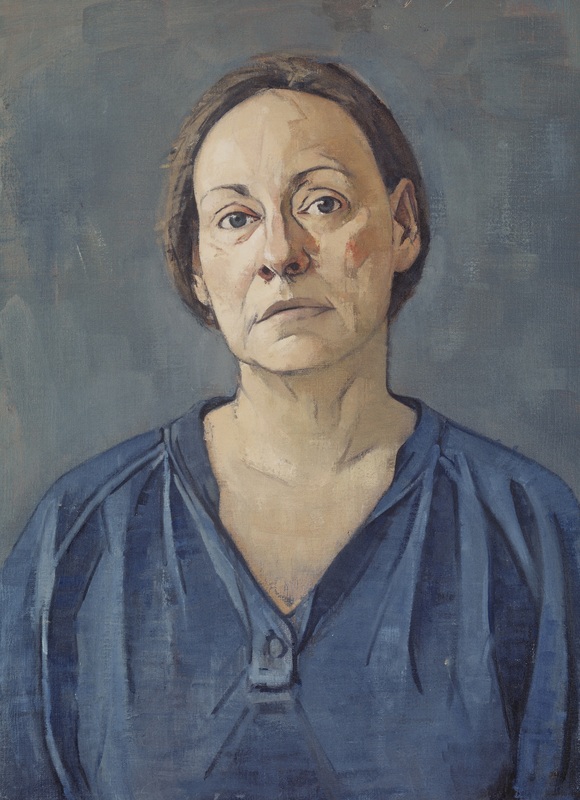One of the nice aspects of the contemporary art world is how drawing is thriving.
Twenty-five or thirty years ago, when I started seriously learning of the American art world, draughtsmen and women seemed to have a rather thin time. It was a very rare connoisseur, especially in the United States, who either knew much about drawing media or appreciated drawings for the sake of drawings. The Drawing Center in New York, for example, was founded in 1977. Interestingly, it claims in its mission statement still to be the only not-for-profit fine arts institution in the country to focus solely on the exhibition of drawings, both historical and contemporary.
Few young artists were taught to draw - it was not really considered necessary, it seemed. Life drawing was the domain of the few, and eye-hand coordination skills were seldom talked about. The Natural Way to Draw, Nicolaides' now-famous book, completed after his death by a friend and student,Mamie Harnon, was little known, I learned. Silverpoint drawing was virtually unknown - there were very few artists using this medium.
Slowly, slowly, there has been a groundswell in the drawing world. A few exhibitions here and there, more and more institutions, like the Arkansas Arts Center, seriously collecting contemporary works on paper which were mostly drawings in different media... more courses taught. For silverpoint, there was the seminal exhibition in 1985, curated by Dr. Bruce Weber, at the Norton Museum of Art in Palm Beach, Fl, called The Fine Line: Drawing with Silver in America.
Now, there is a wonderful change. Not only are there regularly Master Drawing exhibits around the country, but there is a great deal of interest generated by the institutions famed for their drawing collections, ranging from the National Gallery or the Metropolitan Museum of Art to the Morgan Library in New York. Courses are widely offered, magazines devoted to draughtsmanship. Galleries are more willing to show contemporary drawings. You know there is wide acceptance of an art form when art fairs begin to focus on it. For instance, this is the sixth year that the fair, "Master Drawings New York", is being held across twenty blocks of New York's' Upper East Side, for nine days , as of 20th January. Its co-founder, Crispian Riley-Smith, is quoted in this month's Art+Auction magazine, as saying, "Drawings are quite intimate, and people need to take their time to look at them."
Another indication of how widespread is the acceptance and practice of the many drawing media are now is to glance through one the the art catalogues that land in one's mail box (surprisingly in today's on-line commercial world!). Jerry's Artarama, for example, has 51 pages in its "Drawing" section, and that does not include any of the pages devoted to Paper (which constitutes another 48-odd pages....). The total catalogue has some 560 pages for everything, from paint to frames... so you can judge how important drawing has become to the purveyors of art materials.
As with every skill that becomes more widespread and more accepted, there is a flowering of ideas, of innovations and approaches. New materials used, fresh combinations of media, different ways to express oneself - the state of drawing is vibrant and healthy. What fun and how wonderful to see this happen. A good omen for 2012.
